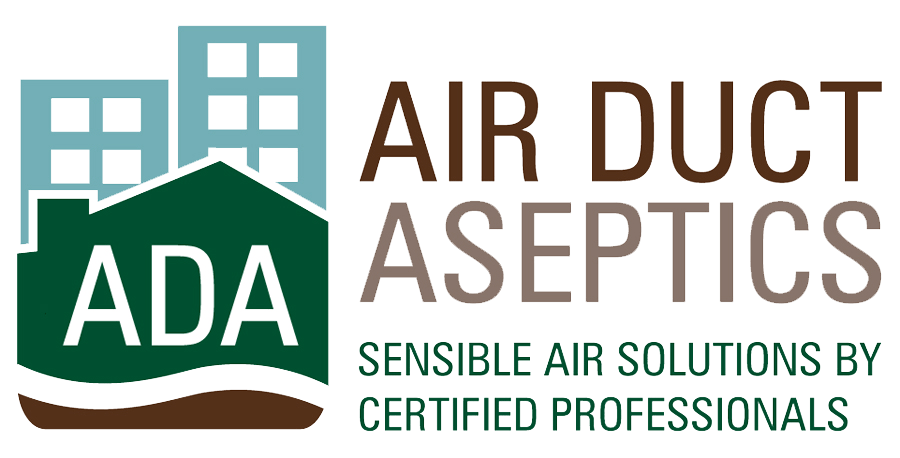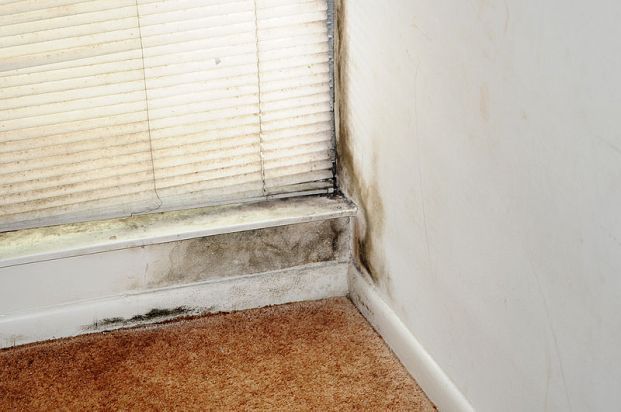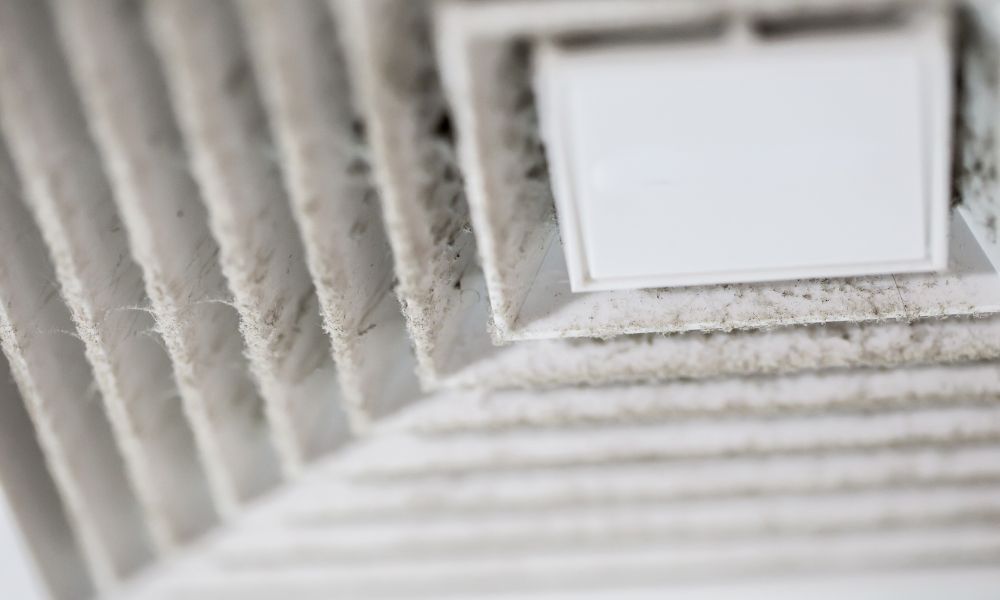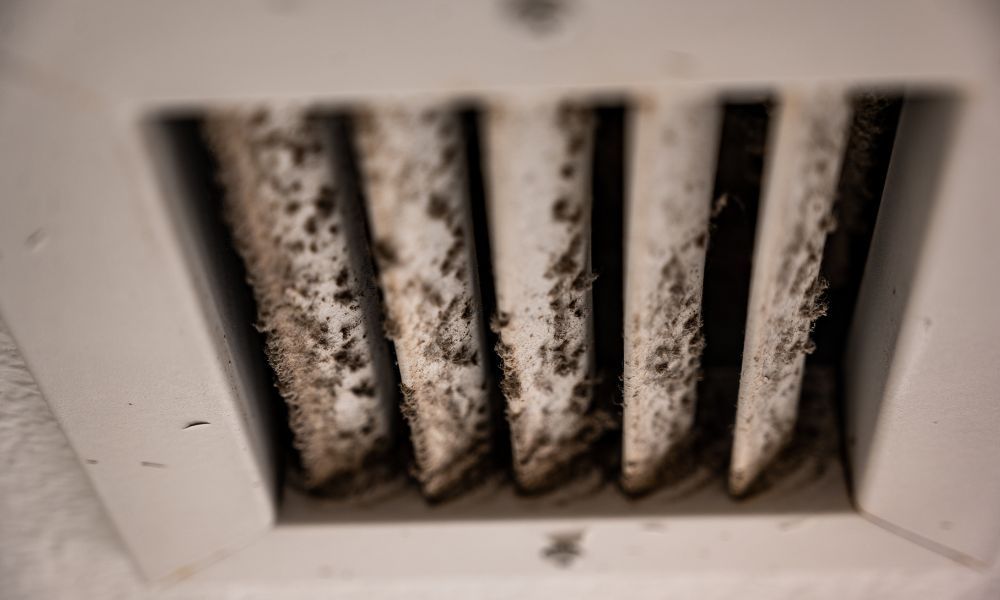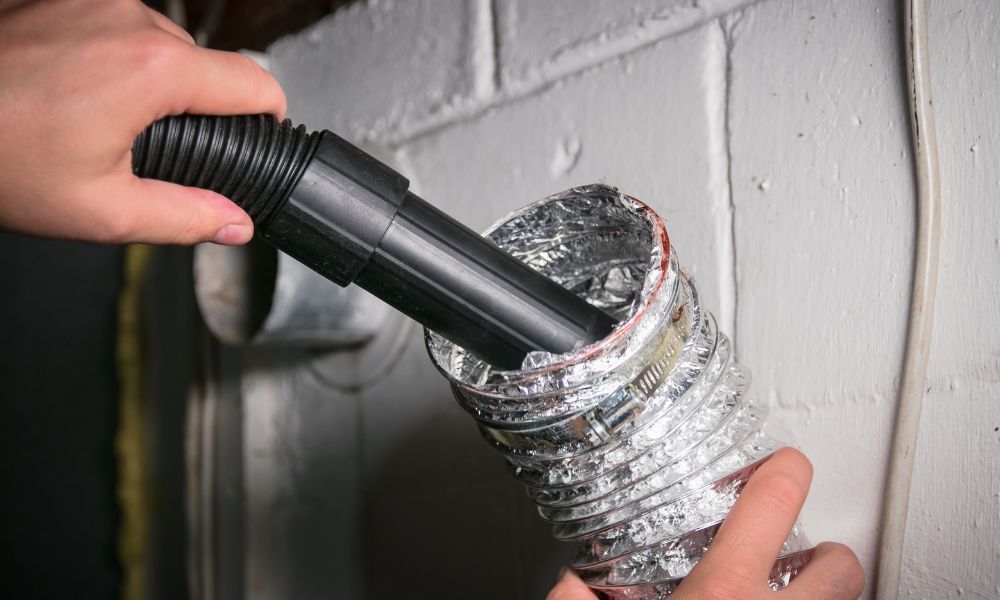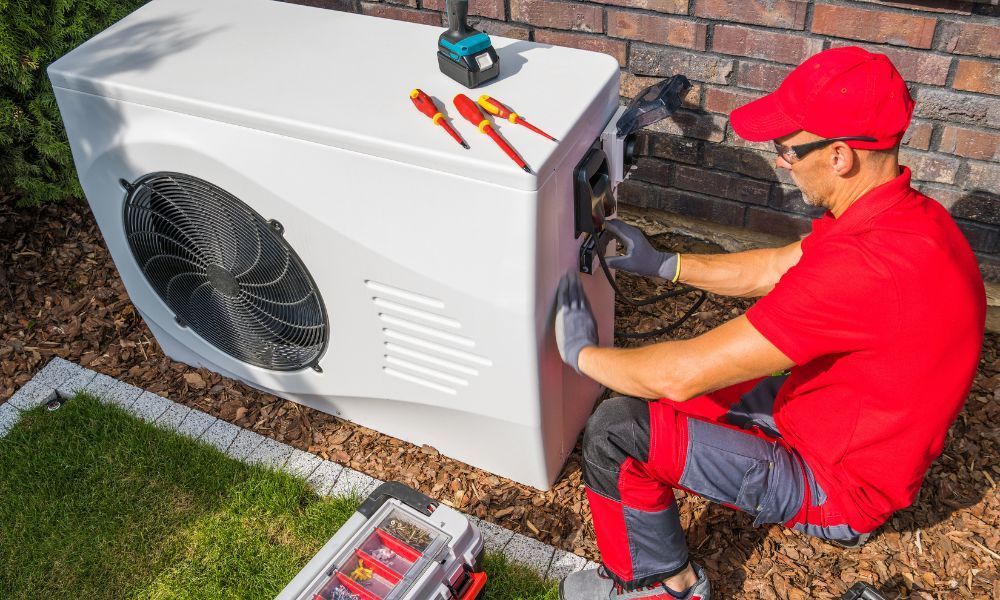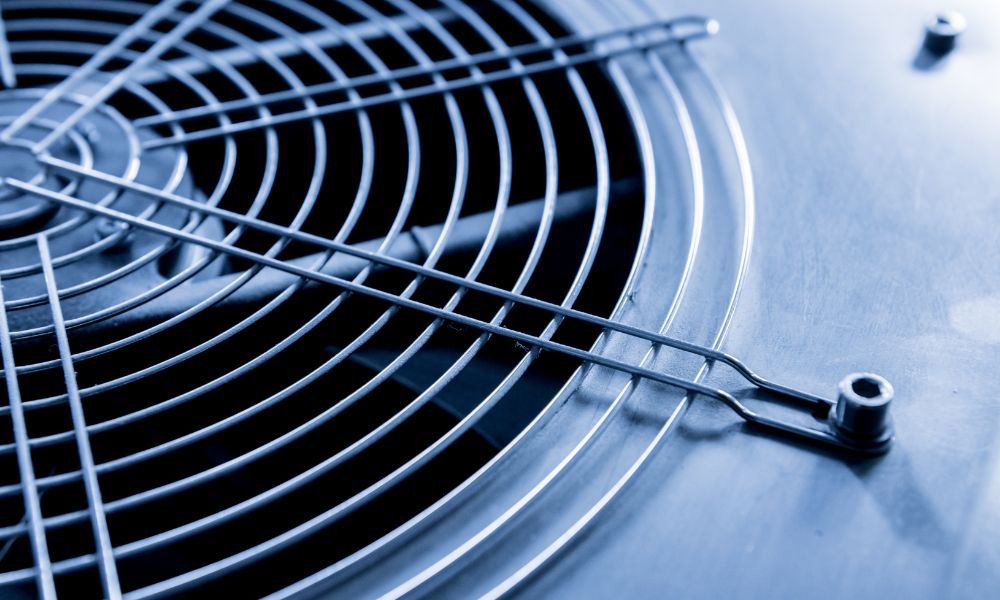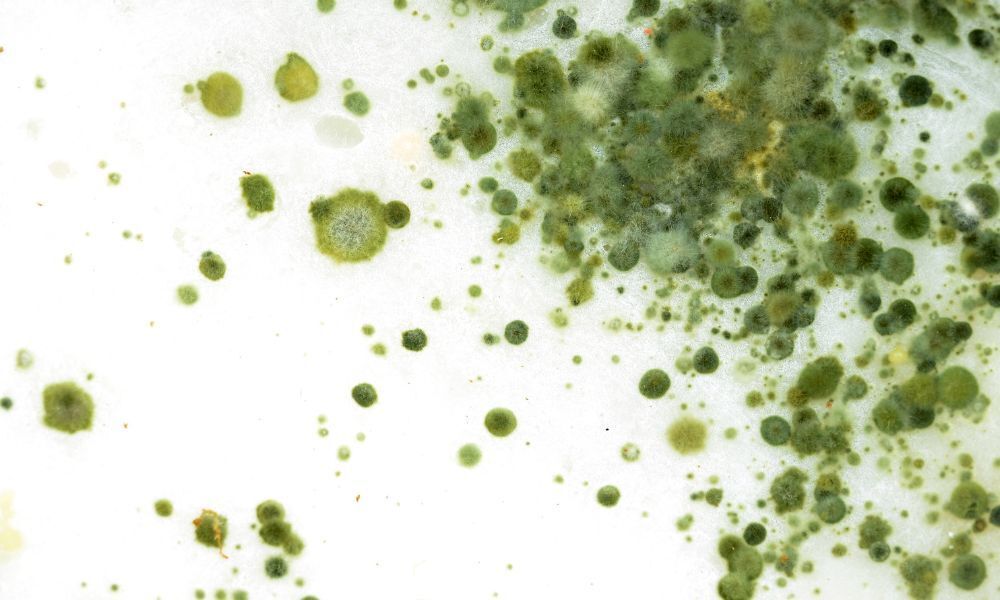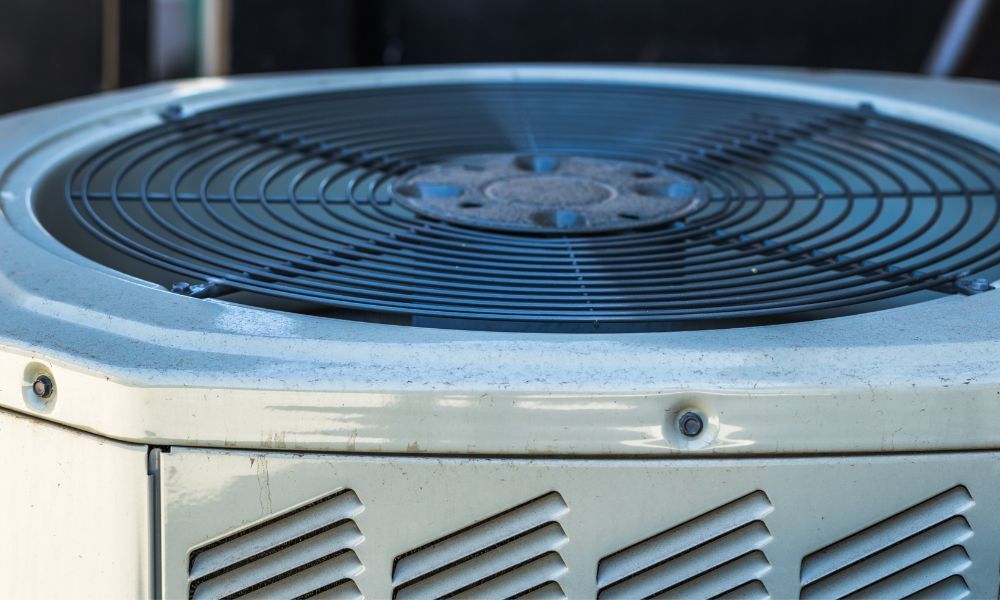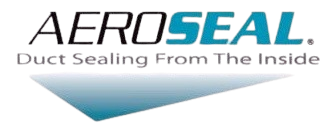10 Things All Floridians Need to Know About Mold
Admin • August 5, 2015
After flood waters recede, dangerous mold spores can begin to grow within 24 to 48 hours on a varity of household surfaces.
- Potential health effects and symptoms associated with mold exposure include allergic reactions, asthma, and other respiratory complaints.
- There is no practical way to eliminate all mold and mold spores in the indoor environment; the way to control indoor mold growth is to control moisture.
- If mold is a problem in your home or school, you must clean up the mold and eliminate sources of moisture.
- Fix the source of the water problem or leak to prevent mold growth.
- Reduce indoor humidity (to 30-60%) to decrease mold growth by: venting bathrooms, dryers, and other moisture-generating sources to the outside; using air conditioners and de-humidifiers; increasing ventilation; and using exhaust fans whenever cooking, dishwashing, and cleaning.
- Clean and dry any damp or wet building materials and furnishings within 24-48 hours to prevent mold growth.
- Clean mold off hard surfaces with water and detergent, and dry completely. Absorbent materials, such as ceiling tiles may need to be replaced.
- Prevent condensation: Reduce the potential for condensation on cold surfaces (i.e., windows, piping, exterior walls, roof, or floors) by adding insulation.
- In areas where there is a perpetual moisture problem, do not install carpeting (i.e., by drinking fountains, sinks, or on concrete floors with leaks or frequent condensation).
- Molds can be found almost anywhere; they can grow on virtually any substance, providing moisture is present. There are molds that can grow on wood, paper, carpet, and foods.
Our team of Licensed Mold Assessors, Certified Mold Remediators (C.M.R.) and Ventilation Systems Mold Remediators (V.S.M.R.) can offer you solutions. With over 21 years experience in the remediation industry, Air Duct Aseptics is your best choice for mold remediation.
For your FREE estimate call us at 888.979.9564
or contact us by clicking here.

Humidistat vs. Thermostat: Why Both Matter in Florida Homes When you think about staying comfortable indoors, the first device that comes to mind is usually the thermostat . After all, Florida’s hot climate makes air conditioning essential for daily life. But temperature is only half the battle. Florida’s humidity levels, often hovering between 60–90% outdoors, can sneak inside your home and affect your comfort, your health, and even your house itself. That’s where a humidistat comes in. Understanding the difference between a thermostat and a humidistat can help you manage Florida’s unique climate more effectively. What a Thermostat Does in Florida A thermostat controls your air conditioning and heating system, keeping your home at a comfortable temperature. Primary Purpose: Prevents your home from feeling too hot or cold. In Florida: Most homeowners rely on thermostats almost exclusively for cooling. AC systems run heavily during long, hot summers. Limitations: While AC systems remove some humidity as a byproduct of cooling, they aren’t designed to control moisture levels directly. On especially humid days, your home may feel sticky even if the temperature is set to 72°F. What a Humidistat Does in Florida A humidistat measures and regulates indoor humidity levels, usually in conjunction with a humidifier, dehumidifier, or integrated HVAC system. Primary Purpose: Keeps humidity in a healthy range, typically between 40–60% indoors. In Florida: High humidity is a year-round issue. Without a humidistat, excess moisture can lead to: Mold and mildew growth Musty odors Warped wood floors or furniture Increased allergy and asthma symptoms Bonus: A humidistat can prevent your AC from running unnecessarily when the real problem is humidity, not temperature—saving energy and money. If you'd like to discuss further, please call us 888-707-7763 Thanks, Petrina
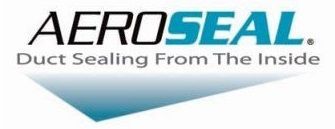
Until the development of the Aeroseal duct sealing technology, there was no efficient or notable effective method of sealing remote leaks in HVAC ducts. In the past, we have crawled attics feeling and looking for leakage, but only if it was accessible. Aeroseal changed all that! We can now seal ductwork from the inside-out! With documentable results! Signs of duct leakage can include particularly hot or cold rooms, dark lines on the edges of carpets, temperature changes between floors, uncomfortable rooms due to different humidity levels, dirt streaks from supply diffusers or severe allergies when inside. Residential duct leakage is prevalent and a significant source of HVAC energy waste across the country. Aeroseal can help lower energy bills (on average, a homeowner can save between $300-$1000 or 5% to 30%) Aeroseal can reduce temperature variations between rooms and floors, reduce humidity in rooms and fix hot or cold rooms issues. Aeroseal can help improve indoor air quality by reducing pollutants, allergens and dust entering the air stream from wall cavities or attics. Call us today at (888) 707-7763 to find out how investing in your home by sealing ductwork leaks can return in energy savings and give you increased comfort in your home.



